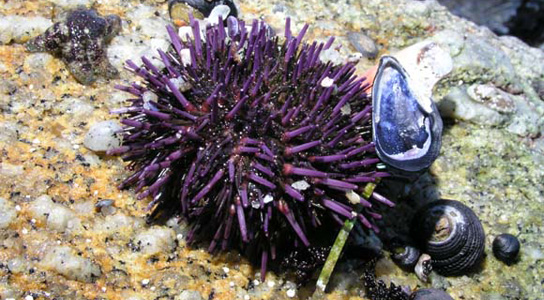
Purple sea urchin
The current rising acidity in the ocean is supposed to have dire consequences for organisms like coral, but there are some sea urchins that have the genetic tools to adapt to inhospitable conditions.
The results were presented at the Third International Symposium on the Ocean in a High CO2 World in Monterey, California, and are among the few that suggest that some organisms are more resilient than others to changes in ocean acidity.
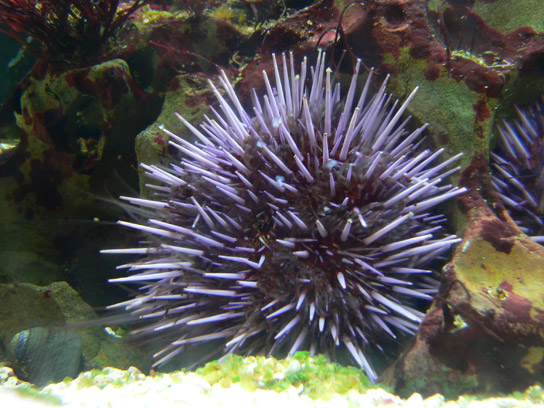
As the oceans absorb the growing concentration of atmospheric carbon dioxide, lowering their pH levels, corals and plankton will experience trouble maintaining their calcium carbonate skeletons in the more acidic waters because there is less carbonate available in low pH waters. However, it’s unclear how this will affect the food chain and other organisms.
Gretchen Hofmann, an evolutionary biologist at the University of California, Santa Barbara, found that Purple sea urchins (Strongylocentrotus purpuratus) have the potential to adapt to variations in pH because of the standing genetic variation that exists in the population.
Hofmann et al. took advantage of the natural variability in coastal pH in the eastern Pacific Ocean to study how organisms would respond to more acidic conditions. In central Oregon, sites can drop from a pH of 8.1 to 7.6 during to periods of “upwelling,” when wind drives acidic waters high in carbon dioxide to the surface, but this low pH isn’t expected elsewhere until the year 2100.
The sea urchins were bred under normal and upwelled carbon dioxide conditions. Then, the gene expression of the population was examined. The researchers discovered that the 150 genes that were turned on in the low pH population were largely related to calcium transport and help promote calcification in acidic oceans.
These genes aren’t present in the coral Acropora millepora, so the systems react very differently. Researchers are concentrating on the metabolic costs of increased pH tolerance. Red abalone (Haliotis rufescens) has more than 1 million genetic variants in 19,000 expressed genes in locations of varying pH along the North American West Coast.

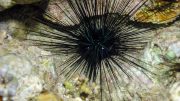
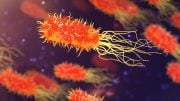

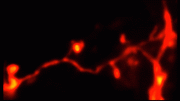

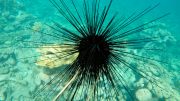


Be the first to comment on "Genetic Variability Helps Sea Urchins Cope with Environmental Changes"